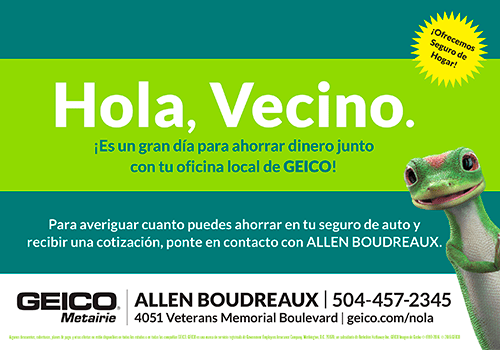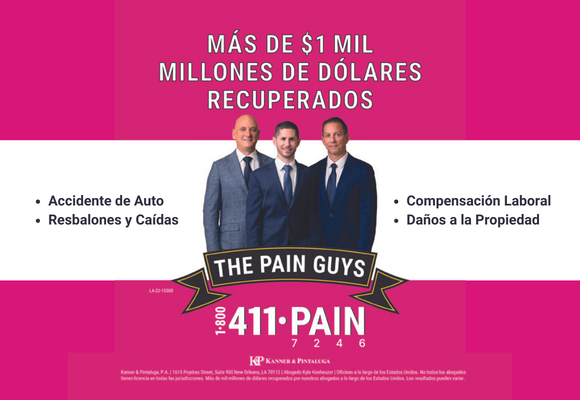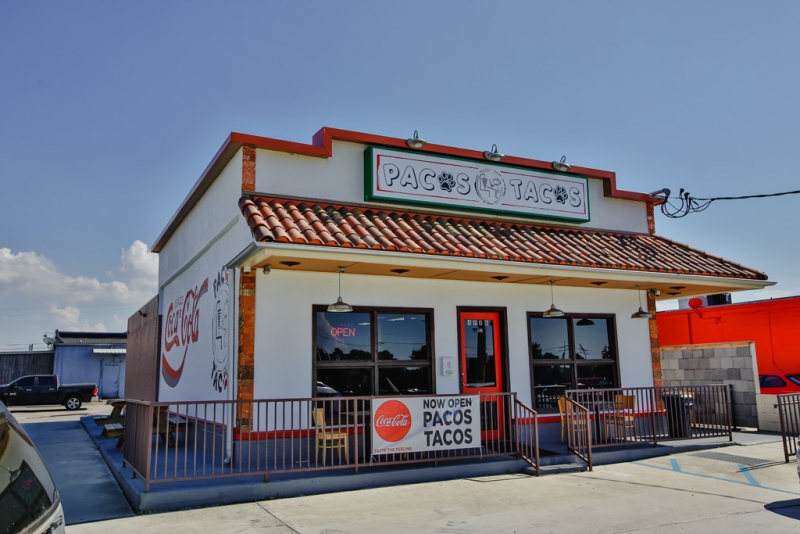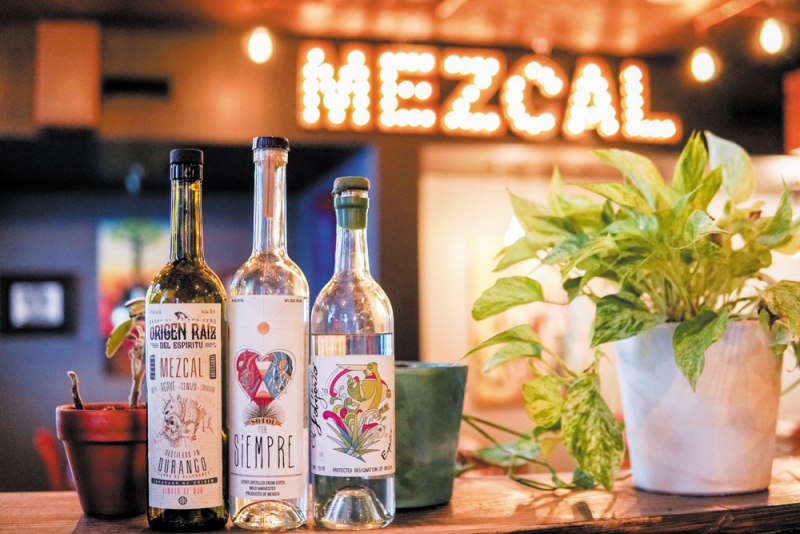- Written by Alejandra Guzman
- Published in Economic Development
Family Systems For a Healthy Economy
Family Systems For a Healthy Economy
By Alejandra Guzman
Click aqui para español- > Sistemas familiares para una economía saludable
This past July, my husband and I welcomed a baby girl into this world. I could have never foreseen being pregnant during a global pandemic. Within this context, my motherhood journey has tested me in many ways. With different protocols to be followed during routine prenatal doctor visits and delivery and hospitals limiting entrance to patients, not being able to share with loved ones, the process of welcoming a little one has been disappointing. But, the challenges presented by the pandemic go beyond the emotional ones.
As a working couple, both my husband and I value, even more, the importance of a system that supports families through paid parental leave, affordable healthcare, and a child care system. Our plans for the care of our baby before the pandemic included a childcare center so that we could return to our work responsibilities. Those plans had to change as many childcare centers closed to protect the health of families. Although we were able to build an alternative system with family support, we are conscious of the fact that many other working parents don’t have the same luck.

According to the Brookings Institute, parents with minor children comprise near one-third of the country’s workforce. If we want to see a healthy economy, we need the workers to remain in or re-enter the labor force. With the pandemic, the status of schools and child care programs dictates the ability for working parents to return fully to their jobs as the economy reopens.
Even before the pandemic, childcare options have been a problem, particularly for women who typically carry the responsibility of caregiving for children. The Brookings Institute reports that women are the majority of workers who struggle because they do not have a potential caregiver in their families. 55% of women depend on childcare and schools to be able to work. Balancing the act of getting work done and taking care of a family is a difficult task and can cause families to struggle financially and emotionally.

The Coronavirus pandemic has made it clear that a system that supports families also supports businesses and workers. An accessible childcare system is critical to our social infrastructure. Parents need childcare to obtain and maintain a job. Children need a safe place to be that promotes their healthy development while their parents are at work.
A robust child care system must provide access to adequate and affordable centers that are in proximity to the family. It is necessary to consider that in addition to the social and economic benefits of accessible child centers, the childcare industry is a significant driver of the economy.

The Louisiana Policy Institute for Children collaborated with LSU´s Public Policy Research Lab and others to get a sense of the impact of child care on Louisiana´s workforce, businesses, and the economy. Their findings include that childcare issues result in a $1.1 billion loss annually for Louisiana’s economy and that employees’ absences and turnover costs due to child care issues cost Louisiana employers $816 million a year. The Early Learning Policy Group reported that the child care industry has an economic impact of $99.3 billion.
As a mother and as an economic developer, I´m glad organizations like the Louisiana Policy Institute for Children and the Early Learning Policy Group advocate for the development of systems that work for families and promote thriving economies.
To learn more about this topic, visit www.policyinstitutela.org

























